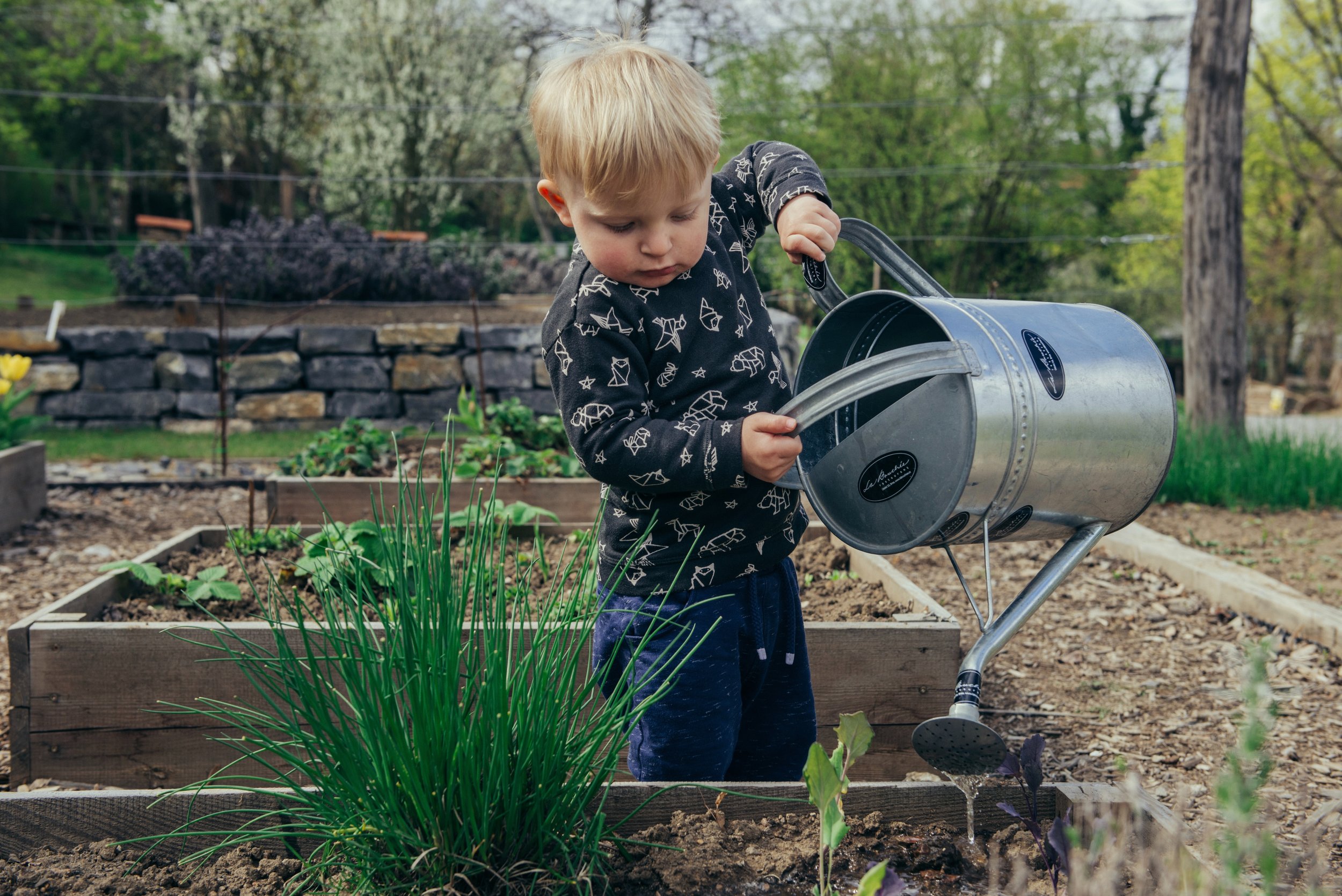With spring in full effect, it's time to get outdoors! While we love the longer days and warmer weather, it's getting our hands dirty in the garden that we're most excited about. Whether you're a seasoned gardener or a novice, planting in a raised bed is a great way to get growing.
Know the Benefits
Aside from looking cute, raised beds allow you to use a custom, nutrient-rich soil of your choice instead of relying on the soil in your yard. They also improve drainage and decrease your chance of pesky weeds and pests. If you're a city dweller lucky enough to have to outdoor space, you'll be glad to hear that raised beds work on hard surfaces. They also allow for maximum use of minimal space.
What to Grow
Almost anything you grow in regular ground-level soil—herbs, vegetables, flowers, natives, and smaller perennials—can be grown in a raised bed.
Pick Your Dimensions
You can choose your dimensions based on your space, but the typical recommended size is at least 8-12” above soil level (some of the bed will be below soil level) and no longer than 3-4’ wide.
Go Local
Make sure to use untreated wood, preferably from a local lumber yard so you trust the sourcing and know it will be safe for your veggies and herbs!
Select Your Soil
The type of soil you use depends on what you are growing. Most vegetable gardeners will use a mix of a good quality compost blended with topsoil or potting soil. Never use just potting soil. Season to season, you can adjust by adding and subtracting different soils and see what works, but adding a topdressing of compost seasonally to bring up the soil levels and inoculate the bed with more microorganisms and nutrients is a good rule of thumb.
Add Plants
Since everything is concentrated in a smaller area, you'll want to plant your plants a little closer together than you would if they were going directly in the earth. Think about placement intuitively: Put crops you need more access to on the sides and ones that take longer to harvest in the middle. What is less obvious is figuring out which plants are friends and which are not (some plants thrive next to others, and vice versa!). Once you have your beds mapped, you tend to your plants the same way you would wherever you plant them.

